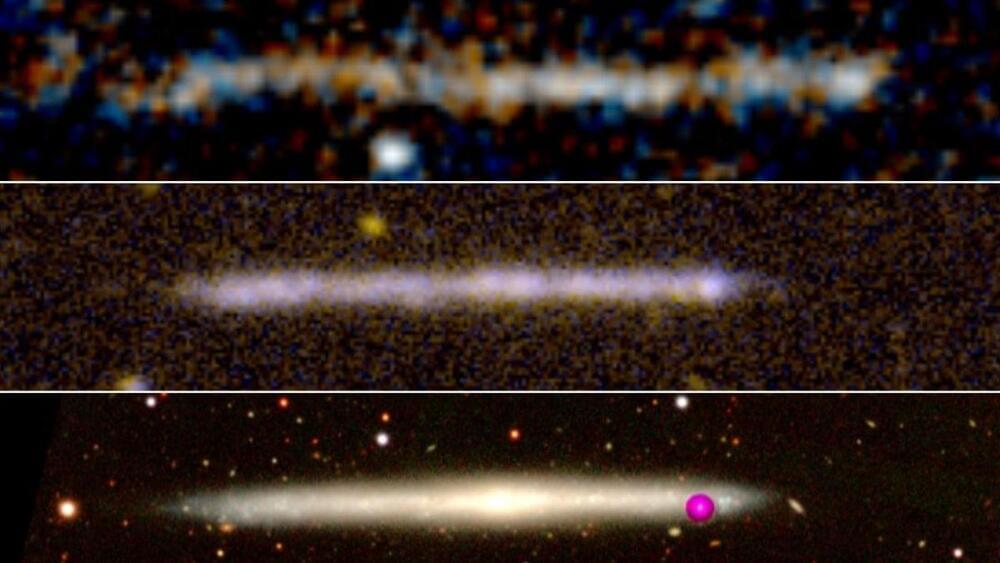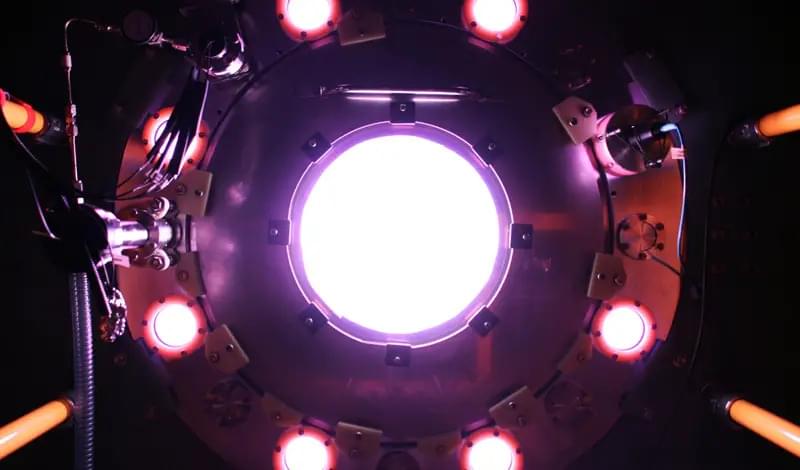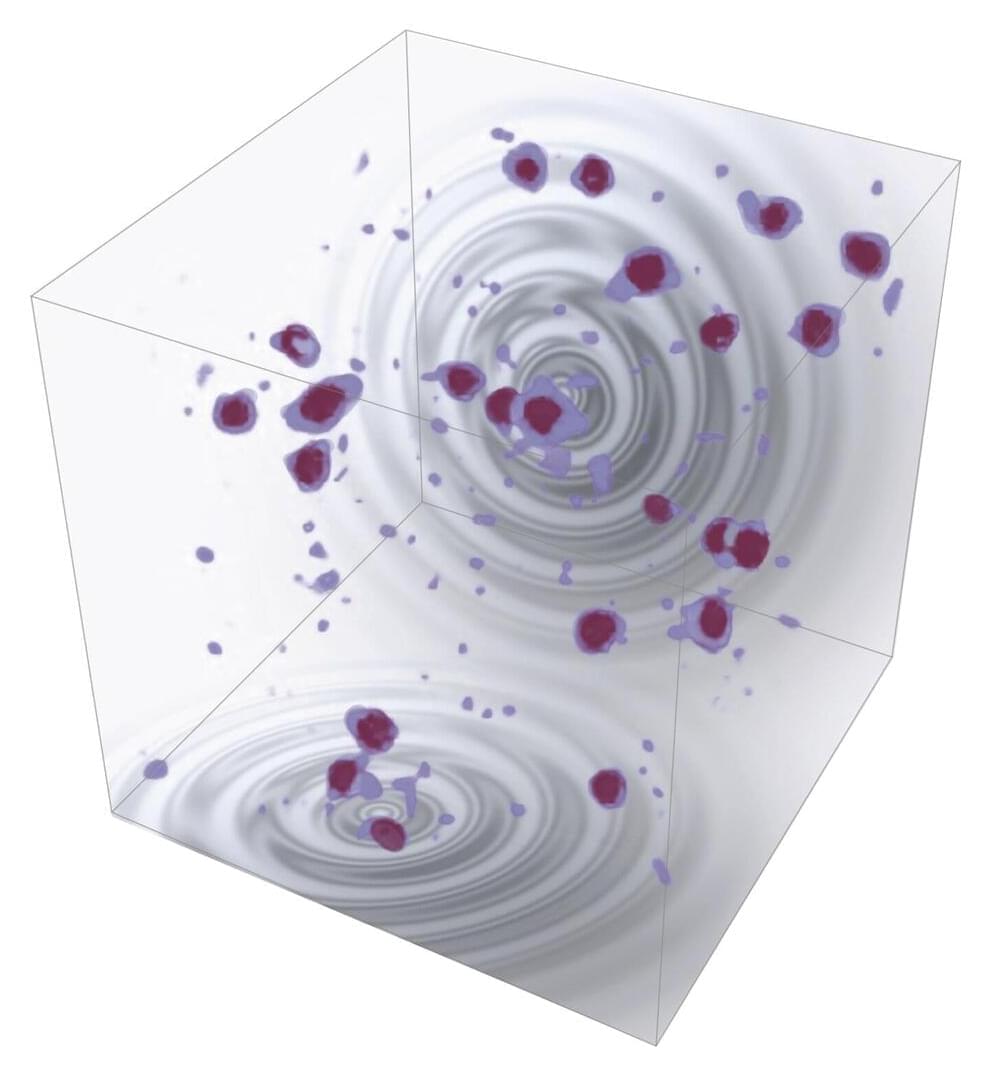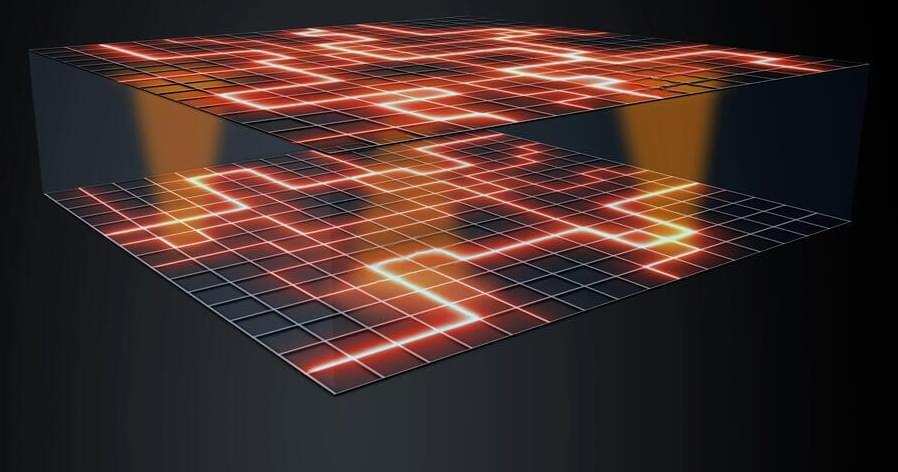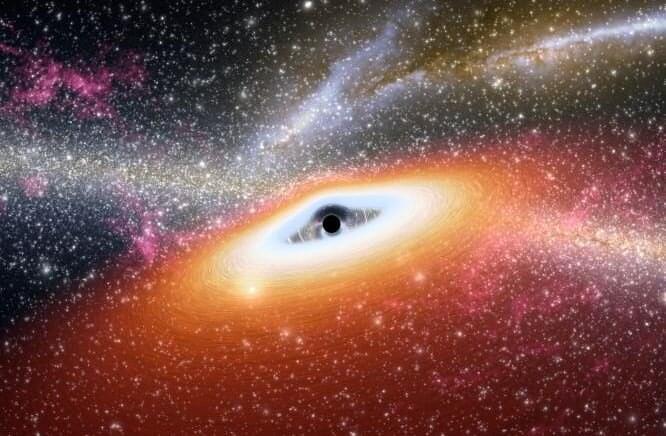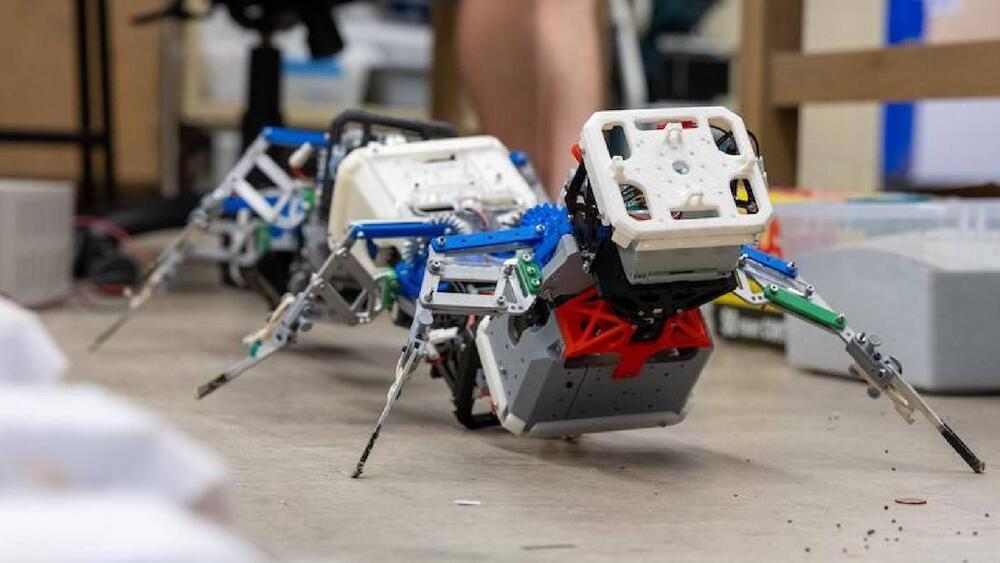May 14, 2023
Chinese Mars rover sends back images of recent water-shaped crusts
Posted by Alberto Lao in categories: alien life, physics
Most of Mars appears to be an endless expanse of alien desert, without a river or lake in sight. However, liquid water definitely existed in the planet’s distant past. A new paper has also suggested that it’s also possible small quantities of water still might exist in places that otherwise appear barren.
Before China’s Zhurong (also known as Phoenix) rover went into hibernation mode last May, researchers from the National Astronomical Observatories and the Institute of Atmospheric Physics of the Chinese Academy of Sciences discovered something unexpected. Zhurong was exploring the Utopia Planitia region, which is near the planet’s equator. No liquid water was thought to exist at those latitudes. Yet when the rover beamed back data from its Multispectral Camera (MSCam), Navigation and Terrain Camera (NaTeCam), and Mars Surface Composition Detector (MarSCoDe), there was possible evidence for liquid water having been present less than half a million years ago.
“[Our findings] suggest [features] associated with the activity of saline water, indicating the existence of water process on the low-latitude region of Mars,” the researchers said in a study recently published in Science Advances.


